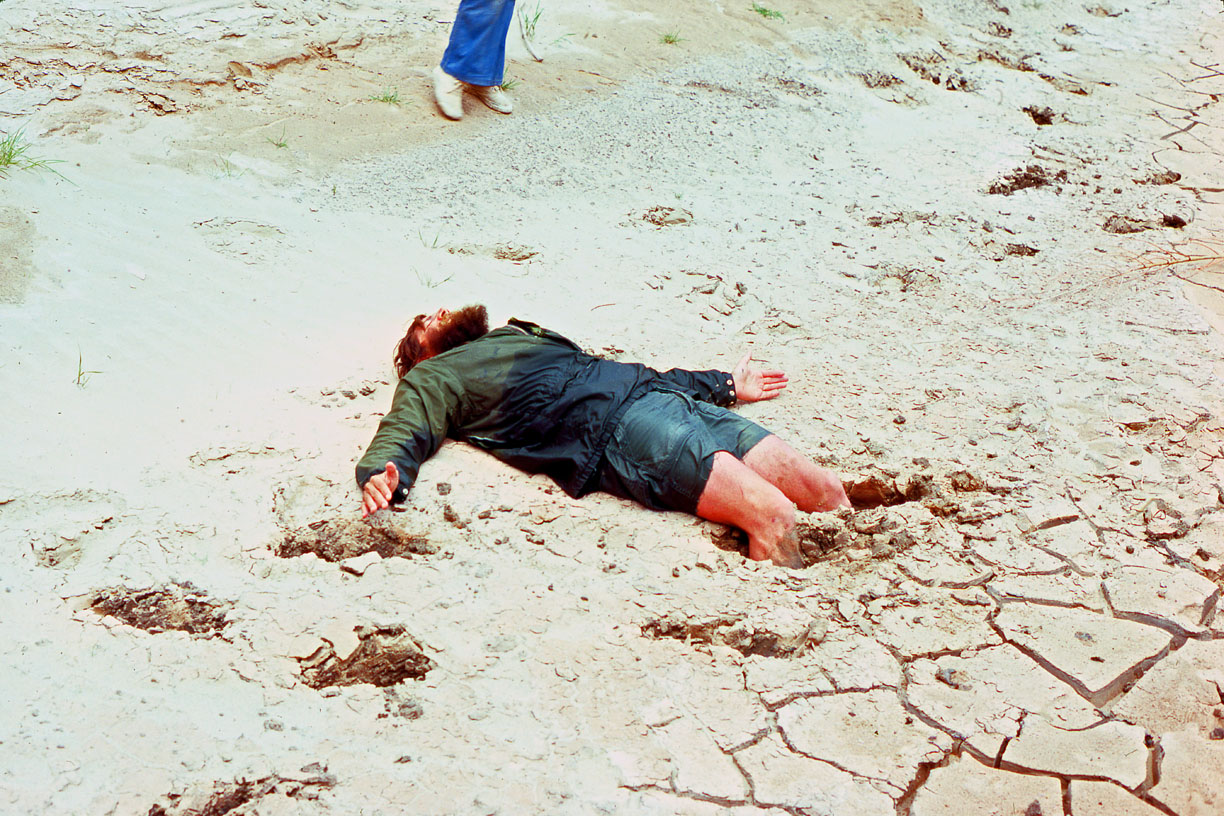 If stumbling into quicksand ranks on your list of worries, don't panic. You won't sink in—at least not all the way. Real quicksand is certainly hard to get out of, but it doesn't suck people under the way it always seems to in the movies.
If stumbling into quicksand ranks on your list of worries, don't panic. You won't sink in—at least not all the way. Real quicksand is certainly hard to get out of, but it doesn't suck people under the way it always seems to in the movies.
what is it??
- Quicksand is an interesting natural phenomenon
- it is actually solid ground that has been liquefied by a saturation of water. The "quick" refers to how easily the sand shifts when in this semiliquid state.
- Quicksand is not a unique type of soil; it is usually just sand or another type of grainy soil
- Quicksand is nothing more than a soupy mixture of sand and water.
- According to a study published in the current issue of the journal Nature, it is impossible for a person immersed in quicksand to be drawn completely under. The fact is, humans float in the stuff.
 How to escape ??
How to escape ??
- At higher stresses, quicksand liquefies very quickly, and the higher the stress the more fluid it becomes. This causes a trapped body to sink when it starts to move.
- But a person moving around in quicksand will never go all the way under. The reason is that humans just aren't dense enough.
These are the tips to be followed when u got urself stuck in quicksand.
- Drop everything if you find yourself in quicksand: If you step into quicksand and you're wearing a backpack or carrying something heavy, immediately take off your backpack or drop what you're carrying.
- Relax: If you panic you can sink further, but if you relax, your body's buoyancy will cause you to float.
- Breathe deeply. Not only will deep breathing help you remain calm, it will also make you more buoyant.
- Get on your back. If you sink up to your hips or higher, bend backward. The more you spread out your weight, the harder it will be to sink
- Take your time. If you're stuck in quicksand, frantic movements will only hurt your cause. Whatever you do, do it slowly
- Take frequent breaks. Since it can take a long time to get yourself out of quicksand, be sure to take breaks
- Use a stick (optional). A stick is not necessary to extricate yourself from quicksand, but it can be helpful.
Video
[youtube http://www.youtube.com/watch?v=xjSYzT3CUnA?feature=player_embedded]
Why you wont die?
The human body has a density of 62.4 pounds per cubic foot (1 g/cm3) and is able to float on water. Quicksand is denser than water -- it has a density of about 125 pounds per cubic foot (2 g/cm3) -- which means you can float more easily on quicksand than on water. The key is to not panic. Most people who drown in quicksand, or any liquid for that matter, are usually those who panic and begin flailing their arms and legs.

What not to do?
The worst thing to do is to thrash around in the sand and move your arms and legs through the mixture. You will only succeed in forcing yourself farther down into the liquid sandpit. The best thing to do is to make slow movements and bring yourself to the surface, then just lie back. You'll float to a safe level.

where usally quick sand occurs?
While quicksand can occur in almost any location where water is present, there are certain locations where it's more prevalent. Places where quicksand is most likely to occur include:
- Riverbanks
- Beaches
- Lake shorelines
- Near underground springs
- Marshes







0 comments:
Post a Comment